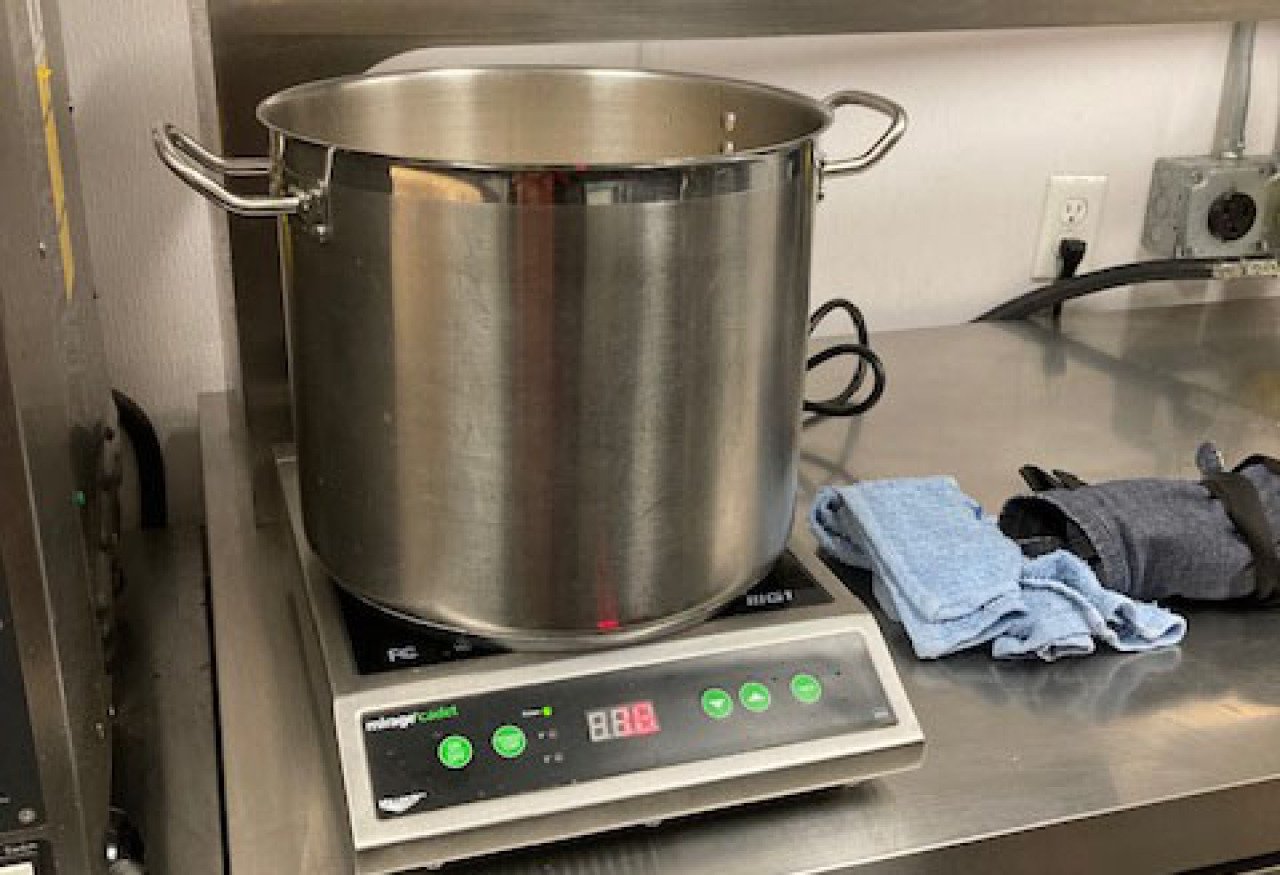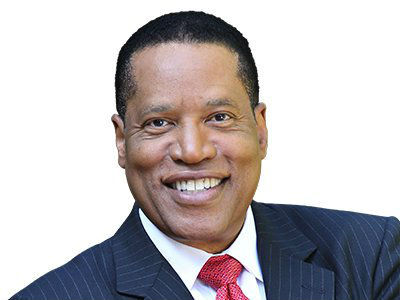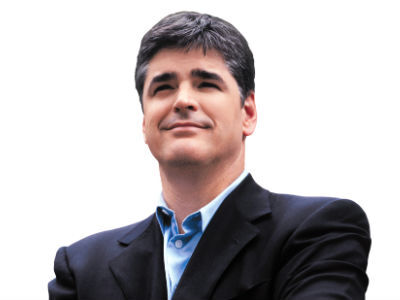The joy and health benefits of induction cooking
Lifestyle

Audio By Carbonatix
11:00 AM on Friday, October 24
By Hannah Wallace for Reasons to Be Cheerful, Stacker
The joy and health benefits of induction cooking
It’s a busy evening at Bauman’s on Oak, the popular new taproom in Southeast Portland, Oregon. At the bar toward the back of the room, customers are ordering drinks from a 30-strong list of intriguing-sounding ciders, including Looking Glass and Forbidden Fruit. Over to the right is a window into the tiny galley kitchen where Chef Daniel Green is expertly sautéing squid with sofrito and black rice in a cast iron skillet.
So far, so to be expected in a trendy neighborhood joint such as this. But there is one notable thing missing from the scene (two if you count the lack of sweat from the chefs) and that is the flash of flames licking their way around the pots and pans, and flaring up at moments of culinary intensity. Forget industrial gas stovetops altogether, in fact, because Green is cooking on a single Mirage Cadet induction cooktop.
“It’s perfect for all our needs,” says the chef, who has earned acclaim for his simple menu and house-made bread and pizza. He especially likes that the cooktop is mobile, so if need be, the kitchen crew can move it to another room to create more counter space for kneading dough or slicing veggies.

Reasons to be Cheerful reports that Green is part of a growing cohort of professional chefs and home cooks who are ditching gas burners in favor of induction stoves, driven by everything from personal choice to policy. A number of cities and states in the U.S., concerned with the health and climate impacts of gas stovetops, are taking action. In 2021, New York became the first city in the country to set an air emissions limit for indoor combustion of fuels within new buildings, effectively banning the installation of new gas-burning stoves. Over the past few years, more than 129 cities and local governments across the country — from San Francisco to Washington D.C. — have adopted policies to encourage or require all-electric buildings. Five states — California, Colorado, Maryland, New York and Washington — have also passed such policies.
Cooking over an open flame inarguably comes with a certain charm, but it turns out that it is seriously detrimental to our health. The evidence is piling up: Gas cookers release noxious fumes like benzene, methane, carbon monoxide and nitrogen dioxide. These chemicals aren’t good for anyone, but they are particularly damaging to children, whose lungs and immune systems are still developing. Scientists at Stanford have found that using even a single gas burner on high can increase indoor concentrations of benzene, which is linked to cancer risk, to levels on a par with those found in secondhand tobacco smoke.
You’re not even safe when your burners are off, it turns out. Alarmingly, three-quarters of a stove’s methane emissions leak out of the stove when the burners are off, according to another Stanford study published in 2022. Long-term methane gas poisoning can cause lasting cardiovascular, respiratory and neurological problems.
Natural gas appliances like stoves are also large contributors to climate change. That’s because they emit both carbon dioxide and unburned methane, both potent greenhouse gases, into the atmosphere. The 2022 Stanford study found that the annual methane emissions from all gas stoves in U.S. homes have a climate impact comparable to the annual carbon dioxide emissions of about 500,000 gasoline-powered cars.
Health and climate aside, today’s induction stovetops are winning over chefs because they’re more efficient, precise and consistent than gas stoves. They boil a pot of water in just minutes and their heat is instantaneous, so there’s no lag time for alliums to brown or meat to sear. Induction stovetops require only a quick wipe-down to clean and they emit less heat, which makes fast-moving kitchens much more comfortable.
Chef Eric Ripert of Manhattan’s Michelin-starred restaurant Le Bernardin installed induction cooktops in his homes in Manhattan and the Hamptons. “After two days, I was in love,” he told journalist Melissa Clark in 2022. He has also had a Gaggenau induction stove installed at Le Bernardin. Chef Alton Brown also upgraded to an induction stovetop. His home kitchen, he says, is both cooler and cleaner without a gas range.
Andrew Forlines, in his role as cooking electrification administrator for the City of Denver, spends a lot of time educating chefs, distributors and restaurant operators about the benefits of induction stovetops. He says most chefs find it easy to make the switch. “Really, the learning curve is that it gets hotter quicker,” he says. That means that you have to have everything chopped ahead of time, unlike with a gas range when you could throw the onions and garlic on a burner and then continue chopping vegetables while the alliums are heating up in the sauté pan. “You want to have your mise en place ready to go,” he says.
In his conversations with chefs and operators, Forlines often reminds them that induction stovetops have digital interfaces that allow a certain amount of pre-planning and programming. “A lot of what I talk about is labor savings. When you integrate your workflow into the equipment […] you get better yields,” he says. “Someone said it to me best. ‘It’s an expensive oven, but it’s a really affordable employee.’”
Chef Josh Dorcak at Mäs in Ashland, Oregon, agrees. “It is kind of like having an extra set of hands sometimes,” he says of his two Breville Control Freak models. “And they’re easy to clean up.” His pans have less wear and tear because they don’t get licked by flames every night, he says. Mäs, which has been nominated for a James Beard Award in the Northwest/Pacific category for three years in a row, seats 14 to 16 guests per seating, so having just two single induction stovetops works. But Dorcak has also innovated: He balances a pizza steel on top of each induction burner so he can keep some sauces warm on the periphery while searing meats or vegetables in the center.
“It kind of goes from a one burner type-of-situation to a plancha, or warming table,” he says. During service, he can fit up to eight pots on one induction burner. “So we’re able to hold sauces and do things without juggling so much on one sensor.”
Dorcak says the decision to open Mäs, in 2017, with an induction stovetop rather than gas was simple. “We had no hood,” he says, and most code regulations require gas ranges to have a hood. The hood build-out is typically the most expensive part of a restaurant’s start-up costs, says Forlines, so skipping that can often make the cost of an induction stovetop (or two) more on par with the cost of a gas range. Even better, Dorcak adds that the Control Freak models are more accurate than the gas stoves he’s used in the past. It’s a bonus that the kitchen is a lot more comfortable for him and his colleagues. “[The induction stovetops] really don’t produce that much heat at all,” he says. “It’s not like a raging fire.”
Currently, the cost of induction stovetops is still about one-third more than gas stovetops. However, experts agree that the cost should continue coming down over time as demand increases.
There are also two major rebate programs under President Joe Biden’s Inflation Reduction Act — HEAR (for home electrification) and HOMES (for energy efficiency), both of which give substantial rebates to homeowners who qualify. Both remain authorized and funded through 2031. According to Alana Murphy at Rewiring America, an underwriter of this story, demand for induction stoves has been high in states that have active rebate programs. Earlier this year, Georgia’s Home Energy Rebate program achieved a significant milestone by surpassing $1 million in total rebates paid to residents for home energy upgrades across the state.
The only thing that an induction stovetop can’t do, admits Forlines, is create that exposed-flame char for peppers or meat. In that case, Forlines says, he and other chefs will use a blowtorch, broiler, or even a grill. But for most applications, including meat that’s been cooked sous vide, searing it on a cast iron skillet on the induction stovetop works perfectly.
This story was produced by Reasons to be Cheerful and reviewed and distributed by Stacker.

























